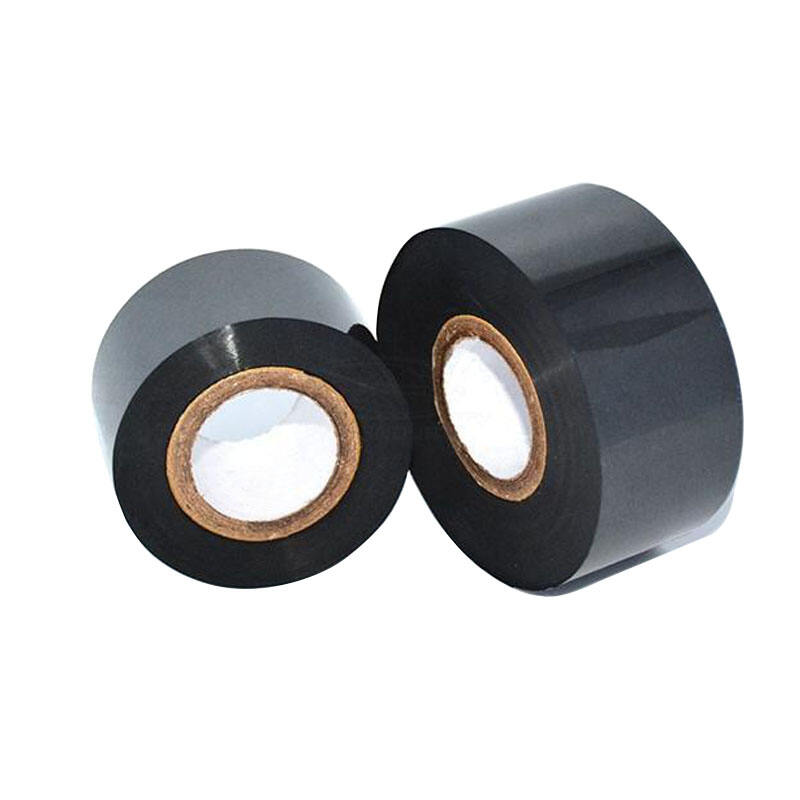Understanding Total Ribbon Thickness and Its Impact on Print Efficiency
What Constitutes Total Ribbon Thickness: Wax, Wax/Resin, and Resin Composition
The overall thickness of a ribbon comes from adding together the base film, usually around 4 to 4.5 microns thick, plus whatever ink gets applied on top. Different types will vary quite a bit here. For instance, wax ribbons tend to be about 6.2 microns thick altogether according to TritonStore's 2025 data. When we mix wax with resin though, those hybrid versions get thicker at approximately 7.6 microns because the ink formulation becomes denser. Then there's resin alone which hits 8.3 microns as the thickest option by far. These resin ribbons need significantly more energy from the printer head too since they contain inks that melt at higher temperatures (around 87 degrees Celsius compared to just 76 for regular wax). This difference affects not only what printers can handle them but also increases running costs over time when using these specialized ribbons in custom retail settings.
Micron-Level Variations and Their Effect on Print Head Energy Consumption
Cutting down the base film thickness by only 0.3 microns manages to reduce printhead energy usage by around 18%, all while keeping the tensile strength at least 4.2 MPa. But there's a catch when going below 3.8 microns thick. The ribbons tend to snap more easily in those fast printing machines. Looking at actual field data from the 2025 Material Flexibility Study shows something interesting. Printers that used 4.1 micron ribbons lasted about 1.2 million linear feet before needing new printheads. That's actually 15% better performance compared to what happens with thicker ribbons. So manufacturers need to find this sweet spot between saving energy and avoiding premature failures.
Case Study: Improving Efficiency in High-Volume Customized Ribbon Retail Environments
One major retail chain saved around $41k on ribbon expenses last year when they made the switch from standard 8.2 micron resin ribbons to these newer 7.1 micron wax resin hybrids. What's interesting is how they matched their ribbon specs exactly to what their labeling surfaces needed, so even though they were using thinner material, their barcode scanners still worked at an impressive 99.4% success rate. Plus, each label printed used 31% less power than before. And there was another bonus nobody expected really - printing got about 12% faster too. That extra speed made all the difference during those hectic holiday sales periods when labels had to go out fast but couldn't afford mistakes.
Trend: Thinner Ribbons and the Push Toward Energy-Efficient Thermal Printing
Emerging 5.4-micron composite ribbons now offer resin-level durability with energy efficiency comparable to wax ribbons—representing a 27% improvement over 2022 models. Over 68% of thermal printer manufacturers are designing systems compatible with sub-6.0-micron ribbons, driven by demands for warehouse automation and sustainability reporting under ESG frameworks.
Base Film and Ink Layer Thickness: Balancing Durability and Performance
The Role of 4.0–4.5 Micron Base Film in Printer Compatibility and Stability
Polyester base film forms the core structure of thermal transfer ribbons and helps ensure good ink transfer performance. Most industry standards specify thicknesses between 4.0 to 4.5 microns according to Triton Store data from 2023. This range offers just enough stiffness without causing problems with printer head spacing issues. Going thinner than 4.2 microns can cut down on how often ribbons need changing during long print runs by around 25-30%, which saves time and money. However there's a catch - these thinner films sometimes struggle with stability when used in printers that have strong rewind motors, leading to potential jams or misfeeds.
Thermal Conductivity and Mechanical Integrity of Thin-Film Ribbons
A study from Advanced Materials Interfaces back in 2022 showed something interesting about those thin base films. When they're thinner than 4.3 microns, thermal transfer gets about 18% worse, even though they actually use less energy overall. That creates quite a dilemma for engineers working on this stuff. But don't worry, material scientists have been busy figuring things out. The newer generation of 4.5 micron films now includes these special polyethylene additives. What's cool is how these modified films keep their thermal conductivity low, staying under 80 degrees Celsius, and won't curl up no matter how fast they print. Some tests show they work fine even when printing goes over 12 inches per second, which is pretty impressive considering what happens with older materials at those speeds.
Ink Layer Thickness vs. Print Durability: Trade-offs in Demanding Applications
Resin ribbons utilize 3.8–4.9-micron ink layers to meet MIL-STD-202G chemical resistance standards, but these thicker coatings accelerate printhead wear by 41% (Industrial Printing Report 2021). For low-volume environments—fewer than 500 prints daily—2.7-micron wax/resin hybrids provide optimal performance, surviving over 600 scuff cycles on PVC labels while preserving printhead lifespan.
Case Study: Warehouse Barcode Labels Under Extreme Environmental Conditions
One pharmaceutical company based in the Midwest made the move from using 4.9 micron to 3.2 micron resin ribbons when labeling their freezer grade polypropylene products. Working in environments as cold as minus 30 degrees Celsius, they noticed something interesting after switching to these thinner ribbons. Jamming issues dropped around 60 percent compared to what they were experiencing before. Plus, their barcodes stayed scannable at about 98 point something percent throughout a whole six month period. And financially speaking, this change saved them roughly eighteen thousand dollars on ribbon costs each year. So while many might think thinner means weaker, this case shows otherwise. Properly engineered thin film ribbons actually perform better under tough storage conditions than their thicker counterparts do.
Optimizing Ribbon Dimensions and Selection for Operational Efficiency
How Ribbon Width, Length, and Core Size Reduce Downtime and Waste
Getting ribbon dimensions right makes all the difference for printing efficiency. According to research from last year, when ribbons run wider than what the printer specs allow, companies end up wasting around 27% more material in those busy print shops running non-stop. The core size matters too. Put in a core that's too big and it throws off the tension in smaller printers. Go too small and workers have to keep stopping to reload. We saw this firsthand at one ribbon retailer who standardized their core sizes across over 300 different printers throughout their network. They cut down on daily downtime by about 15%, which adds up fast when looking at annual savings across multiple locations.
Maximizing Linear Yield in High-Throughput Printing Environments
When it comes to getting the most out of label printing, linear yield optimization is key for maximizing how many labels can be printed from each meter of ribbon. The latest thin-core designs actually hold around 30 percent more ribbon space without making the spool any bigger, which means fulfillment centers can run their machines nonstop for almost 18 hours straight. According to test results, those 4.2 inch core versions give us about 2,800 linear feet of resin ribbon, that's roughly 12 percent extra compared to regular 1 inch cores. And best of all, they keep the winding tension steady throughout the whole process, so there are fewer issues during long print jobs.
Strategies for Selecting Ribbons Based on Printer Duty Cycle and Output Needs
- Low-volume printers: Use 1.5–2.0 micron base films with 1,000' ribbon length to minimize degradation
- High-duty systems: Opt for 4.3–4.7 micron industrial-grade ribbons exceeding 3,000' length to ensure thermal stability
- Variable environments: Employ modular core adapters to seamlessly switch between 1", 1.5", and 2" spools across printer models
Mismatched ribbon dimensions account for 41% of unplanned maintenance in thermal transfer systems. Facility managers at a Midwest logistics hub saved $18,000 annually by aligning ribbon widths within their printer’s 5.1–5.3mm tolerance range, underscoring the financial and operational benefits of dimensional precision.
FAQ
What is the importance of understanding total ribbon thickness?
The total ribbon thickness impacts print efficiency by affecting energy consumption, printer compatibility, and running costs. Thicker ribbons require more energy, which increases wear and operational expenses.
How does ribbon thickness variation affect print head energy consumption?
Reducing the base film thickness by 0.3 microns can decrease printhead energy usage by about 18%. However, going too thin increases the risk of ribbon snapping and premature printer head failure.
What benefits do thinner ribbons offer?
Thinner ribbons save energy, reduce costs, improve print speed, and maintain high scanning accuracy. They're more efficient for specific retail and warehouse environments.
How can ribbon dimensions optimize printing efficiency?
Correct ribbon dimensions minimize material waste and downtime. Proper sizing prevents issues with spool tension and maximizes linear yield, especially in high-throughput settings.
Table of Contents
-
Understanding Total Ribbon Thickness and Its Impact on Print Efficiency
- What Constitutes Total Ribbon Thickness: Wax, Wax/Resin, and Resin Composition
- Micron-Level Variations and Their Effect on Print Head Energy Consumption
- Case Study: Improving Efficiency in High-Volume Customized Ribbon Retail Environments
- Trend: Thinner Ribbons and the Push Toward Energy-Efficient Thermal Printing
- Base Film and Ink Layer Thickness: Balancing Durability and Performance
- Optimizing Ribbon Dimensions and Selection for Operational Efficiency


